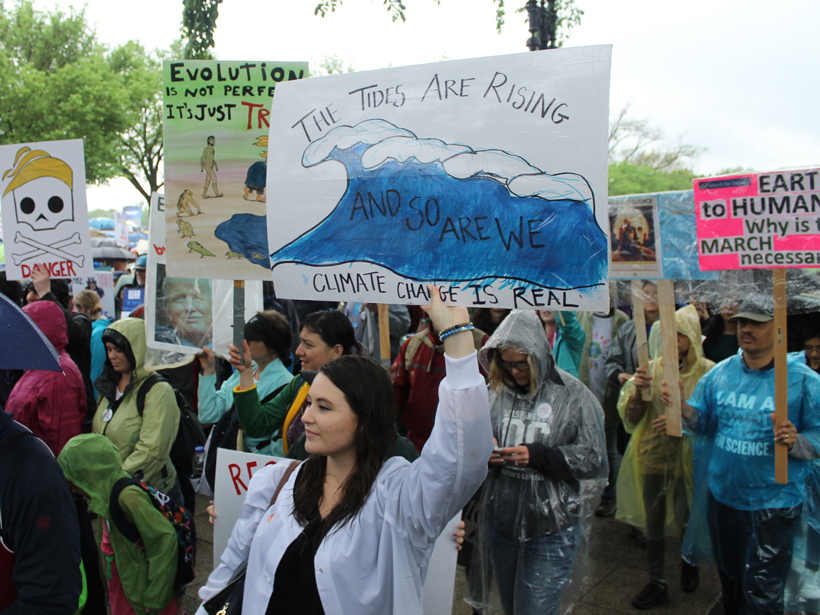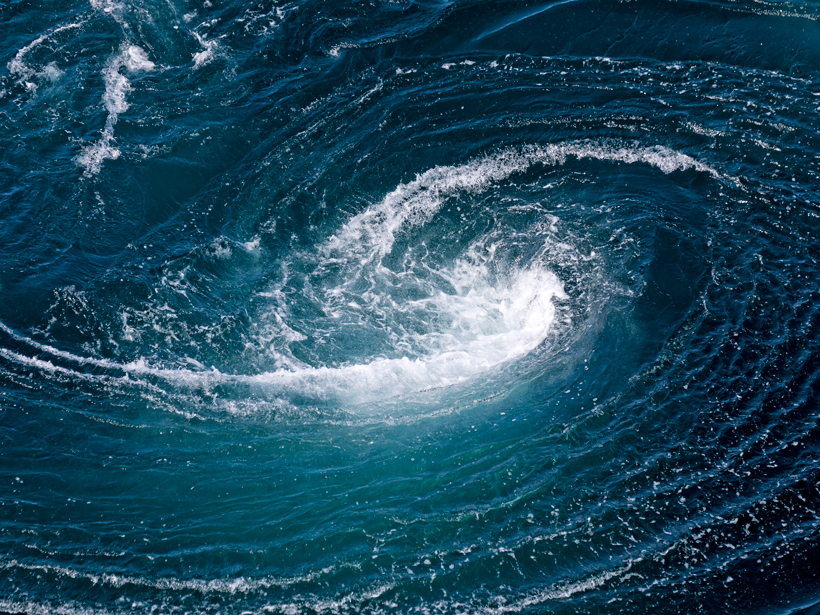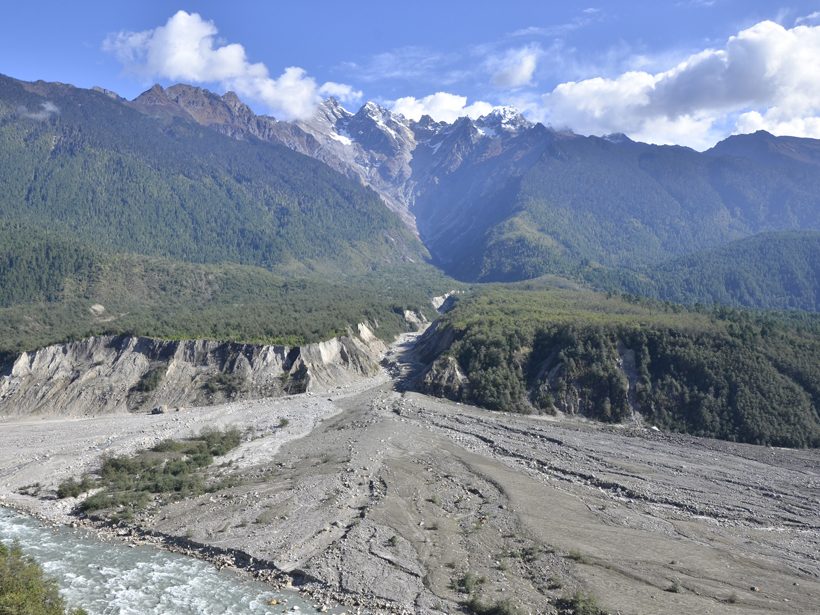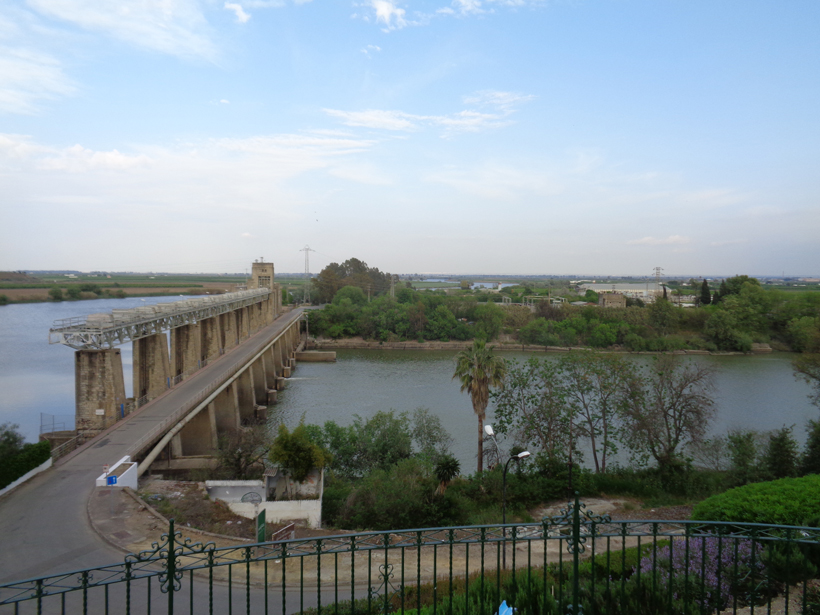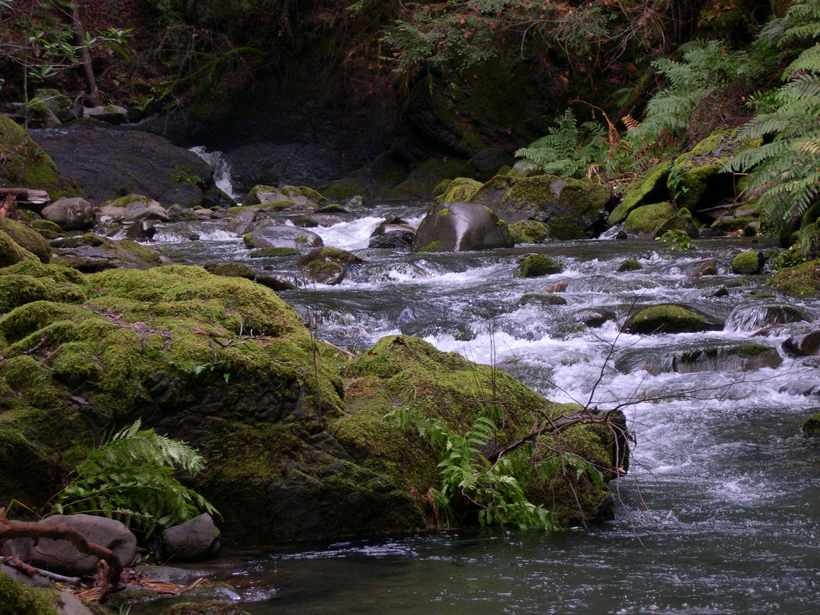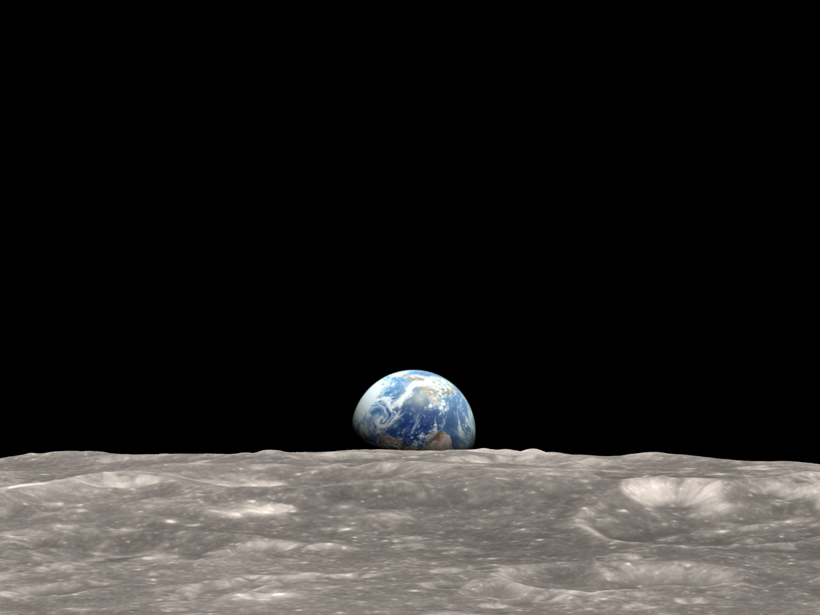Eos caught up with Solmaz Adeli, an Iranian researcher based in Germany who was almost barred from entering the United States for an important scientific meeting.
CC BY-NC-ND 2017
Observing the Ocean
How measurements from a glider deployed off the coast of Peru are contributing to a much-needed long time-series data set.
Management Strategies for Sustainable Western Water
U.S. National Science Foundation Workshop: Quenching a Thirsty West; Lake Tahoe, Nevada/California, 29–30 August 2016
Thousands March Worldwide in Support of Science
Science enthusiasts descended on the National Mall in Washington, D. C., and demonstrated in more than 600 cities and other places globally in support of science and evidence-based decision-making.
What Happens When Ocean Eddies Hit a Wall?
A new study tracks two ocean eddies passing over the Pacific Ocean's Izu-Ogasawara Ridge.
What Causes Rock Avalanches?
Experimental studies of frictional weakening beneath a deadly rock avalanche in China help to clarify the mechanisms that cause these devastating natural disasters.
Dam Discharge Events Alter Water Flow in an Estuary in Spain
Three-year observations suggest that increased sediment concentrations inhibit vertical transfer of momentum between water layers for more than 2 months after a high-discharge event.
Lab Tests Probe the Secrets of Steep and Rocky Mountain Streams
Researchers built a glass-encased test environment that helps them assess streamflow without the confounding factors introduced by bed forms.
Could Stratospheric Ozone Depletion Make Hadley Cells Expand?
Convection-driven Hadley cells are expanding poleward. Scientists now may have uncovered part of the reason why.
Earth and Space Science for the Benefit of Humanity
A collection of Commentaries published in the journals of the American Geophysical Union illuminate the deep and growing benefits of research in the Earth and space sciences for humanity.




